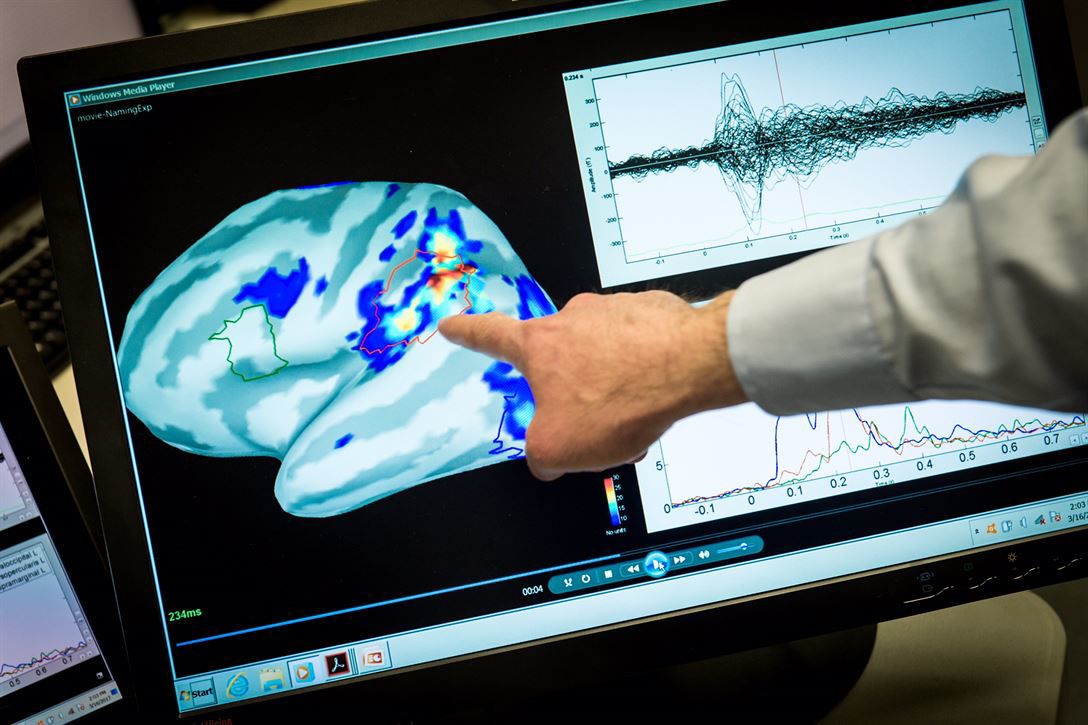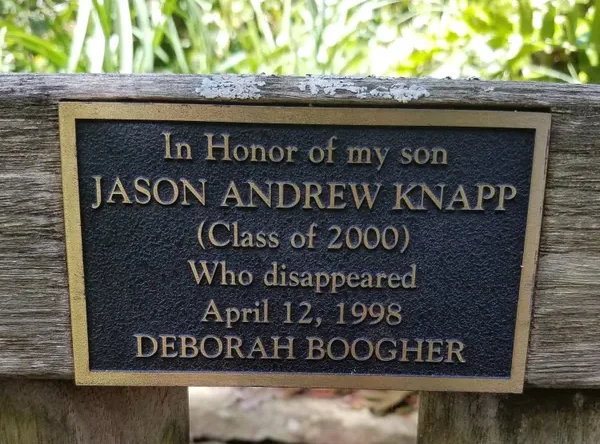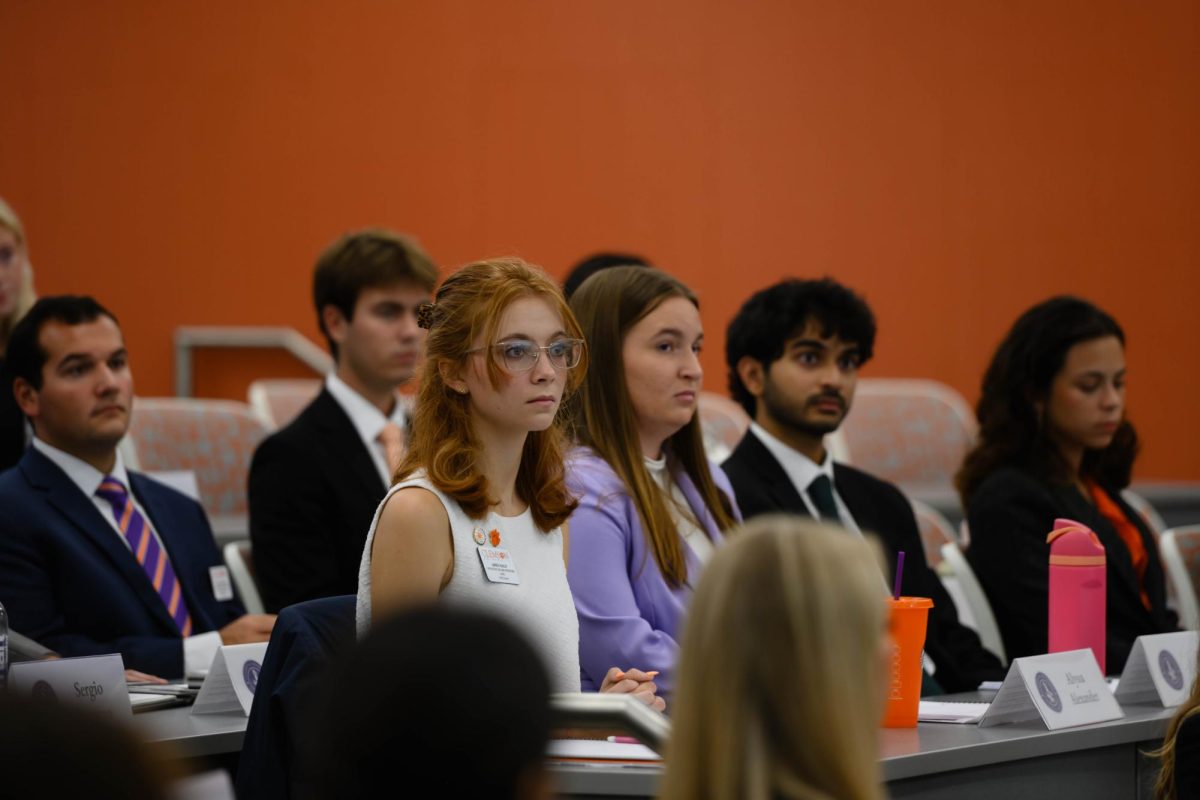Communication is one of the most vital parts of society today, and there are many means by which we communicate. But what if one day we didn’t need a cell phone, computer, or even our mouths to do so? Researchers are figuring out a way to transfer thoughts and images by reading our minds. Imagine that!
Researchers have been able to reproduce images and video clips from an individual’s brain in the past, but they first had to gather brain activity of individuals looking at photos to act as a template. Recently, researchers have created a way to do this without any prior content, but with an algorithm. As published in Science, new research led by Yukiyasu Kamitani of the ATR Computational Neuroscience Laboratories in Kyoto, Japan has shown that these images can be curated out of nothing, even if they have only existed in the imagination.
To do this, the researchers built a deep neural network, an algorithm with a similar function as the human brain that interprets data and recognizes patterns. Kamitani explained it as “good proxy for the brain’s hierarchical processing.” After obtaining data from an fMRI analyzing brain activity in response to different stimuli, they created representations of the brain’s responses in the deep neural network, and the fMRI data was no longer needed.
The deep neural network experiments in creating a picture that elicits the same response as the translation of the fMRI data. Slowly painting layer over layer, the network perfects the ideal image one pixel at a time. Once the image is created, an algorithm called a deep generator network helps make the image more realistic. The results have been shown to be 99 percent representative of the intended image.
The researchers then moved to images of pure imagination. They scanned three individuals’ brains that were instructed to think of an image that they previously saw. The method did not work as well for detailed photos, but 83 percent of the time, the shapes were recognizable.
Although there is still much improvement to be made in imaging and the algorithms, some believe that one day it could be possible to communicate through mental pictures.









